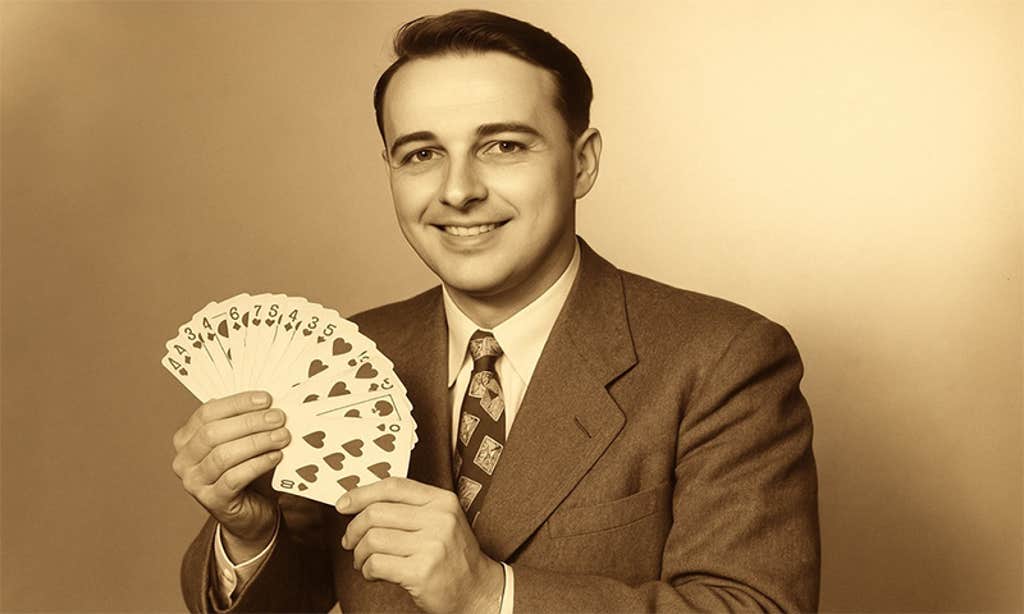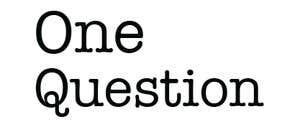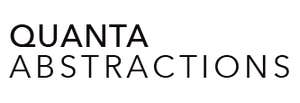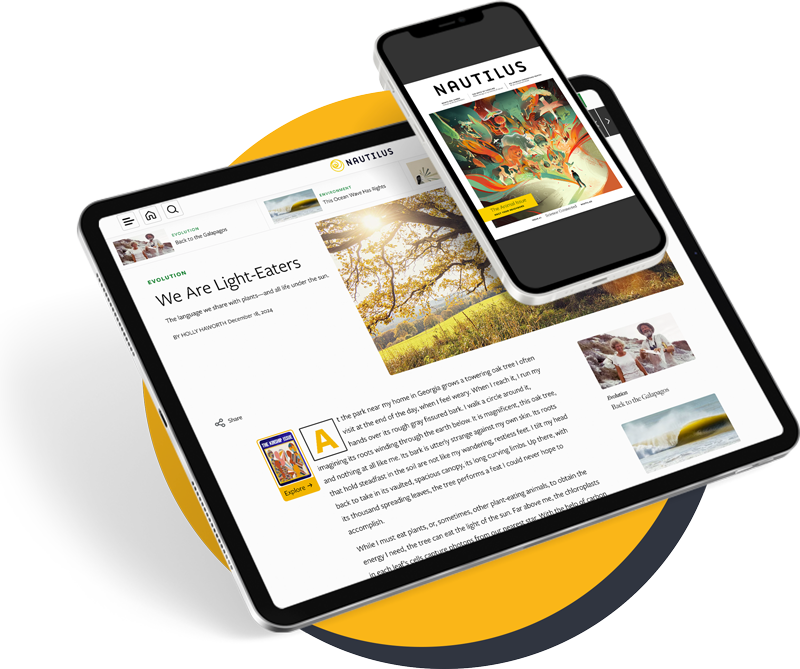My earliest lessons in observation came not from a laboratory but in the living room, with my father in his tuxedo and top hat. To everyone else, he was “Big Ed,” a larger-than-life physician who was a magician, an archer, a raconteur, and much else. By day, he mesmerized patients with his easy confidence; by night, he dazzled guests with sleight-of-hand, conjuring coins from behind ears or producing endless scarves from his sleeve. To me, he was both healer and illusionist, a scientist and showman.
When your father is a magician, what do you believe? As a child, the boundary between real and unreal was porous. I wanted to believe in the rabbit pulled from a hat, the floating light bulb, the miraculous escapes. But even as a boy, I began to notice the seams: the telltale flash of a hidden card, the tiny bulge in his sleeve where the coin waited. What others applauded as mystery became for me a problem waiting to be solved.
Magic had taught me that the improbable might still have an explanation.
It was not cynicism so much as curiosity that drove me. I learned that every illusion, no matter how beguiling, had a mechanism beneath it. Magic was an invitation to look closer, to ask: How does this really work?
That question—posed again and again in my childhood—propelled my apprenticeship in science. I became my father’s assistant, carrying props, rehearsing patter, acting as the straight man. But I was also his skeptic. If a trick fooled me, I made it my job to discover how. When he succeeded, I applauded; when I found the secret, I felt the satisfaction of uncovering a law of nature.
From illusion I learned skepticism, and from skepticism, a demand for evidence. It was not enough for something to merely look true. I wanted to know the actuality that lay underneath.
That questioning attitude extended beyond the stage. Growing up in the 1950s, the world outside our house was already steeped in performance: Cold War drills at school, cocktail parties where adults wore masks of cheer while anxieties ran deep, a culture addicted to appearances. My father, a physician in the golden age of tranquilizers, was the embodiment of contradictions—capable of genuine healing but also of grandiose self-invention.

It was in this crucible of illusion and reality that I began to form my own identity, not only as a son but as a budding scientist. If magic depended on deception, then science seemed the greater magic still, because it depended on asking the right questions and letting evidence answer.
By the time I reached adolescence, I had begun my own crude “experiments.” I timed how long a match would burn in different conditions, weighed the contents of my chemistry set before and after reactions, charted the night sky from our New Jersey backyard. None of this was formal science, but it carried the same spirit as pulling apart my father’s tricks: looking beneath appearances, testing hunches, insisting that truth is not what dazzles but what endures.
The deeper I went, the more I saw parallels between magic and the mind. A magician misdirects attention; so too does the brain. A conjurer exploits expectation; so does perception. Illusion, whether on stage or in the cortex, depends on our willingness to fill in the gaps, to accept appearances at face value.
Later, as a neurologist, I would return to these early lessons when studying synesthesia and the quirks of perception. Patients told me that numbers and letters had colors, or that tastes evoked shapes. For decades, science dismissed reports like these as fantasy. But I had been raised to treat appearances with suspicion and testimony with care. The boy who once peered into his father’s sleeves to see what was hidden became the man who listened attentively and openly when patients described hidden worlds of perception.
Magic had taught me that the improbable might still have an explanation—if only one was willing to look hard enough.
And so I came to believe that the real wonder is not in the disappearing coin or the vanishing dove. The real wonder is in the human mind that constructs reality from fragments, that can be fooled by a flourish, but that can also be illuminated by experiment. My father taught me to vanish before I learned to appear. Science taught me to appear without vanishing—to stand by evidence, to let truth emerge even when it contradicted the spectacle.
To this day, when I step into a lecture hall or clinic, I carry both inheritances: the magician’s sense of wonder and the scientist’s demand for proof. If illusion taught me skepticism, science gave me faith—not in appearances, but in inquiry itself.
What is broken can be made whole, and what seems impossible can be understood. That is the greatest trick I ever learned, and it has nothing to do with rabbits or hats. ![]()
This excerpt is reprinted with permission from MIT Press Reader. It is adapted from The Magician’s Accomplice: My Father and I in the Age of Anxiety.”
Lead image: fran_kie / Shutterstock
































